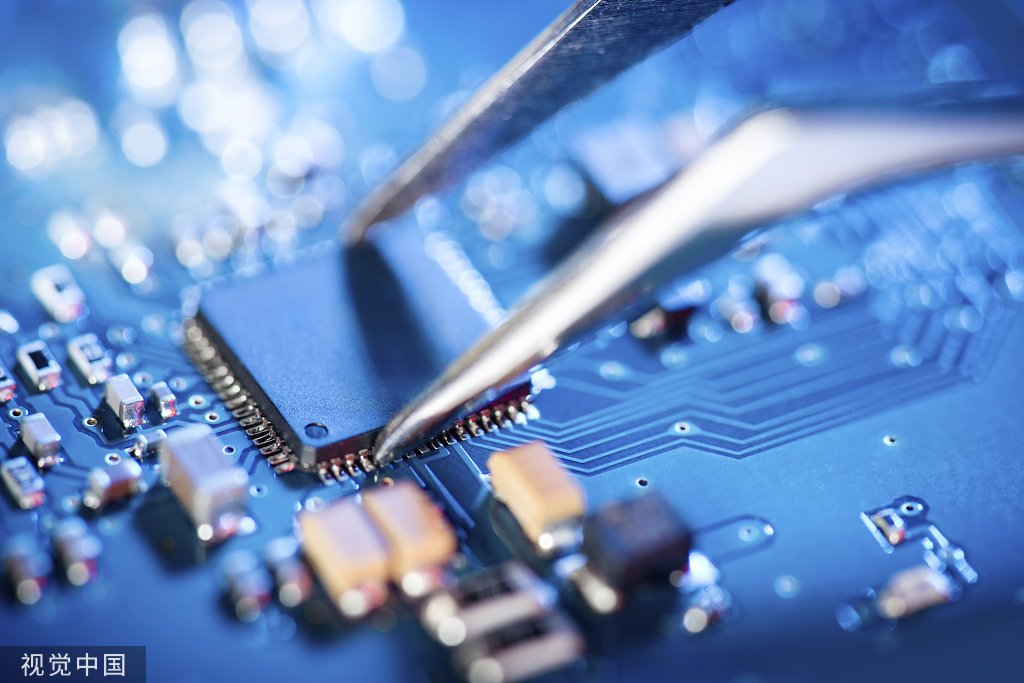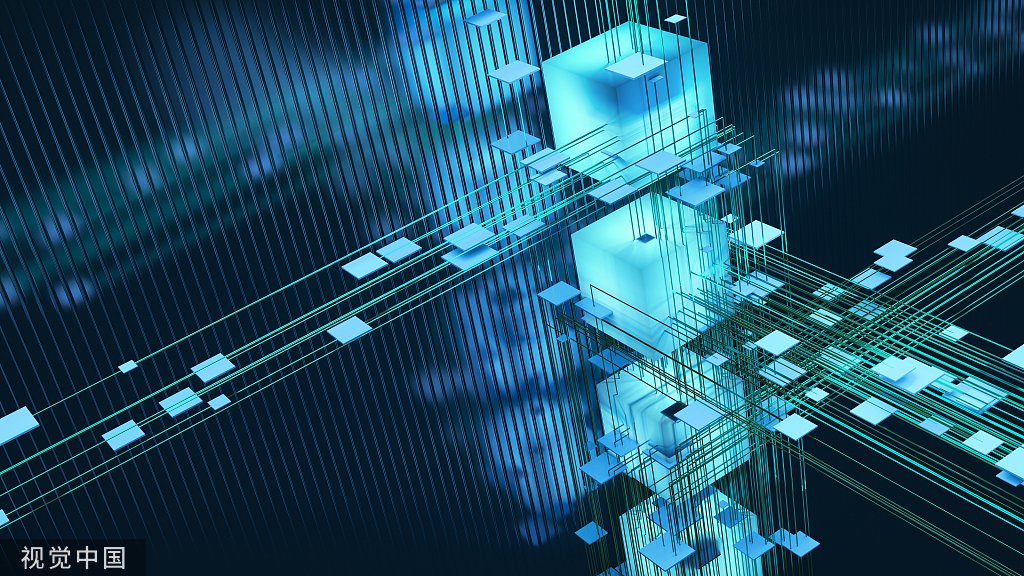- Introduction to MCPCB and Its Importance in PCB Design
- Understanding the Basic Structure of MCPCBs
- Defining Double-Sided MCPCB: Features and Applications
- Exploring Double-Layer MCPCB: Characteristics and Uses
- Key Differences in Construction and Layering
- Thermal Management in Double-Sided and Double-Layer MCPCBs
- Electrical Performance Comparison of Double-Sided and Double-Layer MCPCBs
- Cost Analysis and Selection Criteria for Your PCB Needs
- Conclusion: Making the Right Choice for Your Electronic Projects
Introduction to MCPCB and Its Importance in PCB Design
Metal Core Printed Circuit Boards (MCPCBs) are pivotal in managing heat dissipation for electronic components. They are composed of a metal base, usually aluminum or copper, that serves to spread heat away from hot spots, thus enhancing product reliability. MCPCBs are crucial in high-power LED applications and are also employed in automotive systems, power supplies, and electronic devices that demand effective thermal management. As devices become more compact and power-dense, the role of MCPCBs in PCB design becomes increasingly vital for maintaining performance and longevity.
Understanding the Basic Structure of MCPCBs
Metal Core Printed Circuit Boards (MCPCBs) are an innovation in PCB technology, featuring a metal base that ensures high thermal conductivity, typically aluminum or copper. Their structure is designed to effectively dissipate heat away from critical components, a capability especially beneficial for high-intensity LED applications and power circuits. The basic composition includes:
Conductive Layer: The top layer consists of copper, which forms the circuitry to which components are soldered.Dielectric Layer: This layer provides electrical insulation between the metal core and the conductive layer, also aiding in heat transfer.Metal Core: The bottom layer, usually aluminum or copper, serves as the heatsink.
MCPCBs are recognized for their ability to maintain functionality even under high-temperature loads, attributing to their robust structure.
Defining Double-Sided MCPCB: Features and Applications
A Double-Sided Metal Core Printed Circuit Board (MCPCB) includes metal cores with conductive tracks on both sides, separated by an insulating layer. Key features of Double-Sided MCPCBs include:
Enhanced Heat Dissipation: The metal core efficiently conducts heat away from critical components on both sides.High Power Density: They support circuits with greater current loads, ideal for power converters.Thermal Expansion: Provides stability against thermal stress by matching the expansion characteristics of neighboring materials.Reliability: Offers increased durability for thermal cycling and mechanical stresses.
Applications of Double-Sided MCPCBs are diverse, including:
LED Lighting: For dual-sided illumination posts with high-density light requirements.
Power Electronics: In applications such as UPS systems and automotive power controllers.
Consumer Electronics: Utilized in high-performance devices needing effective thermal management, like amplifiers.
Exploring Double-Layer MCPCB: Characteristics and Uses
Double-layer Metal Core Printed Circuit Boards (MCPCBs) feature two layers of thermally conductive dielectric material. Unlike double-sided MCPCBs, which have circuitry on both sides, double-layer MCPCBs possess a single-sided circuit layer but boast two layers of thermal insulation to effectively dissipate heat. This unique composition enhances performance in high-power applications by providing superior cooling capabilities. Common uses for double-layer MCPCBs include LED lighting and automotive systems, where reliability and thermal management are critical. Their construction allows for greater durability and thermal stability, making them ideal for harsh environments and sensitive components that require maintained temperature control. Arisentec, counted among the best PCB manufacturers, offers a wide range of MCPCB solutions tailored to meet specific design and thermal requirements.
Key Differences in Construction and Layering
Double-sided MCPCB:
Consists of a metal core with conductive layers on both sides.Thermal material separates the metal core from the copper layers for heat dissipation.Components can be mounted on both sides of the PCB.
Double-layer MCPCB:
Features two layers of copper conductors on a single side of the metal core.
Typically, a single layer of thermal material is used.
Can only mount components on the top layer, while the bottom is reserved for routing and electrical connections.
Thermal Management in Double-Sided and Double-Layer MCPCBs
Effective thermal management is crucial in both double-sided and double-layer Metal Core Printed Circuit Boards (MCPCBs). These boards dissipate heat away from electronic components, a feature particularly vital in high-density or high-power applications. Double-sided MCPCBs have thermal conductive layers on both sides, allowing for heat dispersion from components mounted on either side. On the other hand, double-layer MCPCBs consist of a single conductive layer sandwiched between two dielectric layers, which can limit thermal management to a single plane. Consequently, double-sided MCPCBs generally offer superior thermal management capabilities compared to double-layer MCPCBs, making them more suitable for thermally demanding applications.
Electrical Performance Comparison of Double-Sided and Double-Layer MCPCBs
When evaluating the electrical performance of Metal Core Printed Circuit Boards (MCPCBs), it’s crucial to understand the distinctions between double-sided and double-layer options:
Conductivity: Double-sided MCPCBs usually offer better thermal management due to the presence of metal cores on both sides, enhancing their ability to spread heat.Current Carrying Capacity: The double-sided MCPCBs provide higher current capacity compared to double-layer MCPCBs because of the increased surface area for heat dissipation.Signal Integrity: Double-layer MCPCBs may have advantages in maintaining signal integrity for high-frequency applications due to their layered structure minimizing interference.Complexity and Cost: Double-sided MCPCBs may be more complex to manufacture and thus could be costlier than double-layer MCPCBs, impacting the budget of a project.
Choosing the right type of MCPCB depends on the specific electrical performance and thermal management requirements of the application. For a comprehensive solution, Arisentec offers top-notch PCB assembly services, ensuring high-quality performance for various applications.
Cost Analysis and Selection Criteria for Your PCB Needs
When selecting between double-sided MCPCB and double-layer MCPCB, one must consider the following:
Material Costs: Double-sided MCPCBs typically cost more due to higher-priced dielectric materials needed for thermal management.Manufacturing Complexity: The production process of double-sided MCPCBs is more complex, potentially increasing labor costs.Thermal Performance: Double-sided MCPCBs offer superior thermal dissipation, which may justify higher costs for heat-sensitive applications.Design Requirements: Double-layer MCPCBs might be sufficient for less complex circuits, with cost savings on simpler designs.Quantity: Bulk orders may reduce the cost per unit, influencing the choice for larger production runs.
Evaluating these factors against project specifications ensures a cost-effective and functional PCB solution. For customized and efficient solutions, consider Arisentec, one of the best PCB manufacturers in China, renowned for delivering high-quality pcb board projects and pcb design services.
Conclusion: Making the Right Choice for Your Electronic Projects
When selecting between double-sided MCPCB and double-layer MCPCB, it is crucial to understand their differences in thermal management, durability, and cost. Double-sided MCPCBs offer a robust solution for heat dissipation and are suited for high-power applications. In contrast, double-layer MCPCBs provide cost efficiency and are appropriate for less demanding environments. Thoroughly assess the needs of your electronic project, considering factors such as the planned usage, thermal requirements, and budget constraints, to ensure you make the most informed decision. This careful consideration will lead to optimal performance and longevity of your electronic project. For expert assistance and pcb design service, Arisentec offering quick turn PCB prototype and comprehensive PCB layout services.


